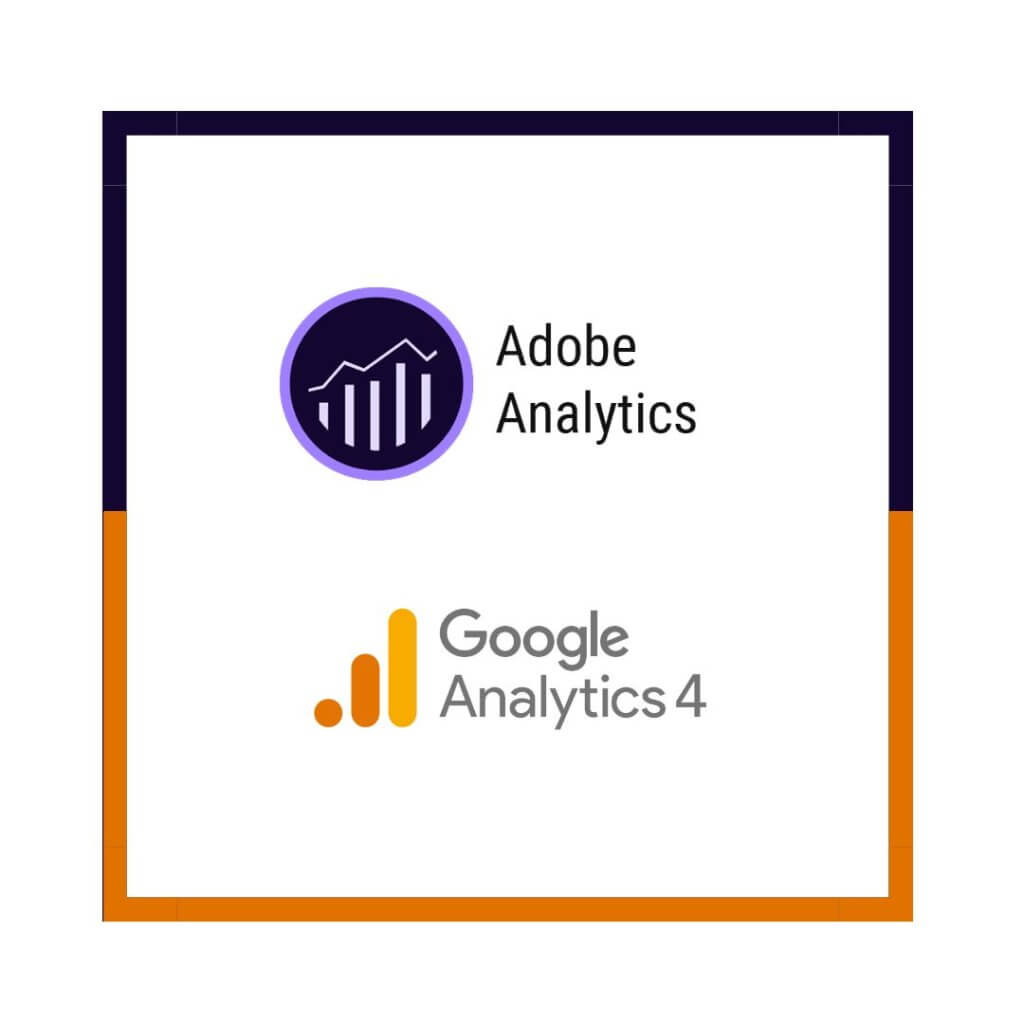
Almost every business owner starts his online business by selling on a single platform and after a period of time, they want to reap more benefits of the online industry by selling on multiple channels. There are many popular e-commerce marketplaces such as Amazon, Ebay, Flipkart, etc. on which the customers browse and buy a product from a particular channel which they find significant. With so many available channels for customers, the sellers can’t also rely on selling on single-channel which makes multi-channel selling necessary. In this article, we will go through all the aspects of multi-channel selling, how it is beneficial for your e-commerce store, and what to consider while multi-channel selling.
Multi-channel selling:
Multi-channel simply implies selling your products or services on multiple channels including both online and offline channels. It includes your dedicated e-commerce store, e-commerce marketplaces such as Amazon, Ebay, Etsy, etc. brick-and-mortar stores, wholesale-distributing, pop-up shops, etc.
With the evolution of the customer’s behavior, multichannel has become highly important. Merchants are not focusing on only physical or online stores as both are necessary. Multi-channel selling can also help you increase your bottom line. Online retailers with two marketplaces for selling generate 190% more revenue than those with just one.
Despite this success, not every retailer jumps on multiple channels for selling. Nearly two-thirds say multichannel is important to them yet only 40% have actually gone on multi-channels. It shows that there are plenty of opportunities to differentiate themselves from the competition.
Benefits of selling on multiple channels:
There are many benefits of multi-channel selling that you can’t oversee. Here are the major benefits:
a. Improved Customer Perception:
Brands that deliver a seamless buying experience gets more customer loyalty. They are viewed as more focused on the customers’ needs, shopping habits, and digital savvy. By selling on multiple channels they can distinguish themselves not through only lower prices by also by convenience.
b. Better Conversion Rate:
The multi-channel selling approach gives you more ways of selling your products with the potential of targeting a broad variety of audiences and thus your brand awareness also increases. You will be able to draw more customers and in turn more profit.
Multi-channel selling also gives you opportunities for upselling – from regular transactions to incentive transactions to personalized reviews.
c. Increases customer loyalty:
In today’s hectic life, customers want to make their online purchases while doing other tasks as well. Multi-channel selling helps customers to make purchases while they are on the go. For e.g., if a customer is browsing a social media platform, and you are selling on that platform, then you are saving the customer’s time and this increases customer loyalty. Selling on multiple channels will reward you with improved customer satisfaction in terms of better feedback and further procurement.
d. Diversifies risk:
It is obvious that selling through a single outlet is riskier than selling through multiple outlets. In the scenario, in which the audience stops coming to one of your outlets, you will have other options for sales. However, if you are running a single channel (dedicated e-commerce store) and it gets down due to any technical reason, you will lose all your potential sales at that instant.
e. Increases presence in the market:
A multi-channel selling approach also increases your presence in the market and the consumer scope is also broader. It can help you boost the mass market penetration. With multiple channels, even if you are a tiny retailer, you can bring your products to a wider audience by taking advantage of the vast scope of the e-commerce giants like Amazon.
f. Gather insightful data:
From multiple channels, you can collect a wide variety of data about your customers. Since you have many channels you can build a comprehensive profile of your target audience. You can easily identify factors of your target audience such as purchasing background, demographics, time zone, place, devices, etc. These factors knowledge will greatly assist you in designing your sales plan and marketing strategies for improving your conversion rates.
How to start Multi-channel selling:
a. Start with a proper strategy:
You have to first consider the sales channels on which you want to sell. Here is a quick list to help you get started:
Online Sales Channels:
- Your dedicated e-commerce store/website
- Social media channels such as Facebook, Instagram, YouTube, etc.
- 3rd party marketplaces such as Amazon, Etsy, Ebay, etc.
- Comparison-shopping sites
- Coupon-sites
Offline Sales Channels:
- Physical stores (they are important if you are selling items that customers want to physically check before purchase such as clothing, shoes, etc.)
- Pop-up shops
- In-person selling events (trade fairs, markets, etc.)
- Distributors
- Print catalogues
After selecting the channels on which you want to sell, you have to set a strategy and specific goals for each channel. Strategies will let you create goals against which you can measure success. Goals will basically act as targets towards which you have to work and you can change these goals as per the new e-commerce trends in your industry.
Make sure while focusing on your goals you are noting the essential metrics like no. of products sold, overall sales, engagement, clickthrough rates, traffic on site, etc.
b. Customers Understanding:
Not every customer group is the same. It is highly crucial to identify your target market audience and also understand their needs, how to engage with that audience, and how your brands or products are currently serving them. Then you would be able to anticipate which channels your customers are using at different stages of their purchase process, as well as audience segments are on which channels.
For instance, there is a younger audience on Instagram (a social networking site and app) in comparison to Facebook users. Thus, if you want to target only users of 16-30 years then you must give priority to the Instagram channel or if your target audience is 30-60 years of age then Facebook should be your priority. Additionally, Amazon Prime members tend to be wealthier or spendthrift. Thus, if you have an affluent target market, consider making your products available for purchase through Prime.
Conducting market research can let you shed light on your target customers with their needs and priorities. Then you would be able to make informed decisions.
c. Delivering a consistent, positive experience:
Multi-channel selling is not just about creating more platforms for business but it also gives you the responsibility of delivering a consistent user experience across all channels. It simply means that across all channels the branding should be the same & consistent with a similar buying experience and cohesive customer service.
As per a survey, nearly 90% of companies compete only on the customer experience alone. In fact, most customers say that customer service is the no.1 priority they seek from a brand while purchasing online. But what does it mean to deliver a consistent and positive experience? Treat your customers as you would like to be treated by the brands you like. Customers are human beings and when they are treated as such, you will have better chances of capturing a loyal customer audience.
d. Make your brands stand out:
There are many different ways to make your brand stand out from other brands. A strong brand identifies help customers to relate to your brand. And when customers share their value with the brands, 64% of customers are likely to build a relationship with you.
e. Use the right tools:
Using multiple channels also increases your responsibility for managing your online business. You have to monitor your inventory, track the sales, data to analyze, and much more. You have to also implement a point-of-sale system, manage the inventory, accounting, and other software which can meet your future needs.
Adobe Commerce is a great platform that can help you to manage inventory, selling across different channels, stock management, etc.
f. Hire the Right Company:
For managing more channels you will require more resources. This comes in two different forms: In-house staff and outsourced agencies. An e-commerce development agency like us can help you in developing an online store and managing it.
Our expert developers are having a complete understanding of multiple sales channels and how to implement such functionalities. We have certified Magento developers who are having vast experience in developing such e-commerce stores. Let us know your requirements.
 Hubspot SEO Certified |  Hubspot SEO II Certified |  Google Ads Search Certified |  Google Analytics Certified |
Sreehari N Kartha is a certified SEO expert, currently serving as a Digital Marketing Analyst at Ceymox. Specializing in diverse digital marketing endeavors, he adeptly manages advertising platforms such as Google Ads, Facebook Ads, Instagram Ads, Whatsapp Ads and LinkedIn Ads. With a strong focus on SEO (Search Engine Optimization) and SMM (Social Media Management & Marketing), Sreehari excels in optimizing online presence and engagement. Additionally, he harbors a keen interest in Crypto, NFTS & Web3 technologies, enhancing his proficiency in the ever-evolving digital landscape.
View All Articles








